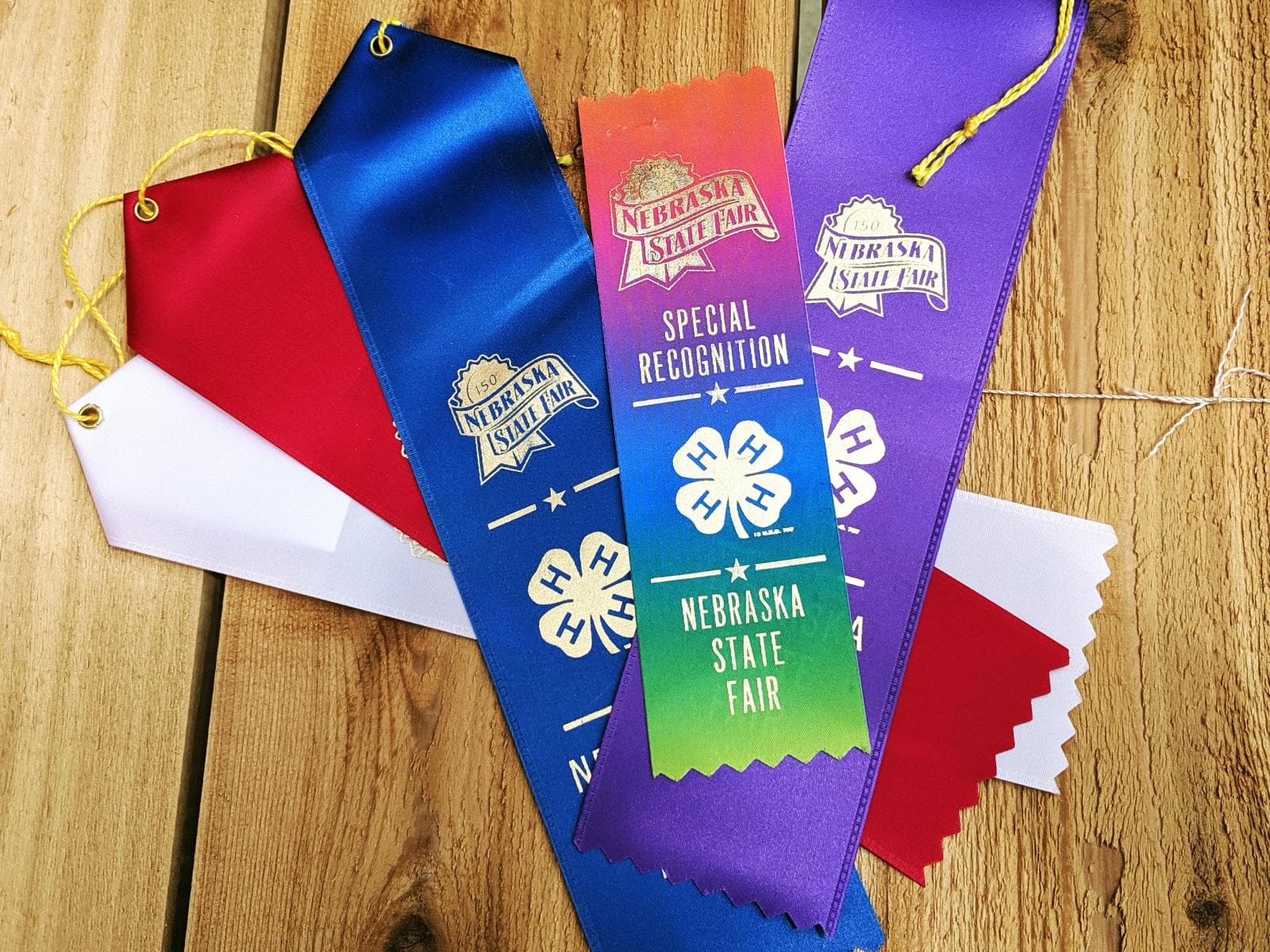In 4-H, we strive to make the best better. This is the 4-H motto. However, we need to know what our best is before we can make it better. Evaluation or judging can help us determine where we are now, how well we’re doing, and where we can improve. Through the 4-H judging process, we help youth achieve the best in themselves.
As with all 4-H experiences, the “best” we are striving to “make better” is young people. We use projects and records to help young people develop skills, gain knowledge, and build confidence, but it is always the person with whom we are most concerned. The total development of the 4-H member is always more important than the completion of the project. The exhibit is not an end in itself and does not illustrate all the learning that takes place in a 4-H project. It displays a portion of what the 4-H member is capable of doing.
In 4-H, we use the Danish System of recognition. This system recognizes and rewards young people for their efforts and projects. It is designed to maintain a proper balance of competition and recognition. The Danish System uses colors to signify different award levels.
Purple = Superior
A purple is awarded to those entries that have met and far exceed the average standards established for that particular class. The exhibit or workmanship is outstanding with minimal flaws.
Blue = Excellent
A blue is awarded to those entries that exceed the average standard. The exhibit and workmanship meet the standards of the purple ribbon but have a few flaws.
Red = Good
A red is awarded to those entries that meet or are slightly below the average standard established for that class. The exhibit and workmanship meet expectations but have multiple flaws.
White = Fair
White is awarded to those entries that do not meet the average standard. The level of accomplishment is less than expected. Extremely poor workmanship or little thought is given to the exhibit.
Adapted from: Purdue University Indiana 4-H 4-H-567-W
